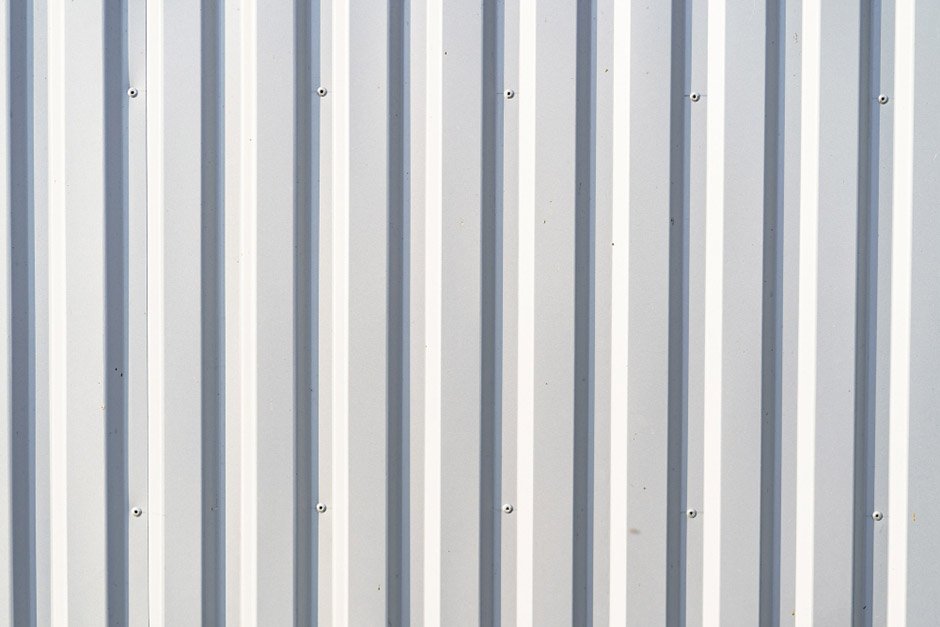If you’re familiar with the use of aluminium cladding on your home façade, you’ll know by now that there are different factors to consider before picking the most suitable panels. There are vital features, including durability, weather resistance, and so on.
However, one of the more overlooked features is the thickness of composite panels. While everyone will obviously pick a thick panel over a thin one, the vast majority still don’t know how thick their panels need to be.
Moreover, there are different composite panel thickness requirements depending on its purpose. In essence, what you need from your aluminium cladding panels determines how thick they should be. Therefore, read on to find out how to pick the right panels and discover how the thickness of panels is measured.
What Are the Various Thickness Requirements For Aluminium Panels?
If you look back at the underlying perks of aluminium panels, you’ll notice a good combination of aesthetic and functional advantages. Now, while people love to associate these benefits with the performance, it’s not the only reason.
A huge part also comes down to the design and specification of these panels. Also, the thickness should be considered as it varies for different purposes. From a general point of view, aluminium cladding panels range between 3mm-6mm in thickness; this gives a good idea of what you need to look for in the market.
But for more specific uses, here are the thickness requirements you need to abide by:
- For Exterior Wall Uses and Decorations: When shopping for panels to install on the outer part of your buildings, always keep an eye out for rust-proof cladding. These panels come with polyester or fluorocarbon coating, and for the thickness, it shouldn’t go below 0.2mm, and when the total thickness is measured, it should be equal to or above 4mm.
- For Building Curtain Wall Panels: If you’re looking for aluminium cladding to add to the construction of curtain wall panels, always go for the fluorocarbon resin-coated sheets. They come with 3000-5000 series of alloy sheets, making them good options for cladding. As for the thickness, be sure it surpasses 0.5mm with the total thickness not less than 4mm.
- For Indoor Composite Panels: Finally, for indoor purposes, the best-suited panels are usually made with acrylic and polyester coating. When buying panels for interior uses, ensure a minimum thickness of 0.1mm. It is recommended that a thickness of 0.2mm be adopted. That applies to both upper and lower aluminium cladding panels.
How Is Thickness Measured?
Now, another important question is how is aluminium cladding thickness measured? The secret lies in the thickness-measuring instrument, usually a calliper or thickness-measuring gauge. It should have a minimum score of 0.01mm and be capable of measuring thickness at least 20mm inward from the edge of the plate.
The measurement is taken using the four corner portions and the four-point midpoint portion. When all values have been taken, the limit error between these values is employed as the final result.
Conclusion
How suitable a panel is for your intended purpose is determined by a host of factors. The thickness is one of those factors that affect the performance and durability, meaning you should pay more attention to it the next time you’re shopping for aluminium cladding UK offers.


